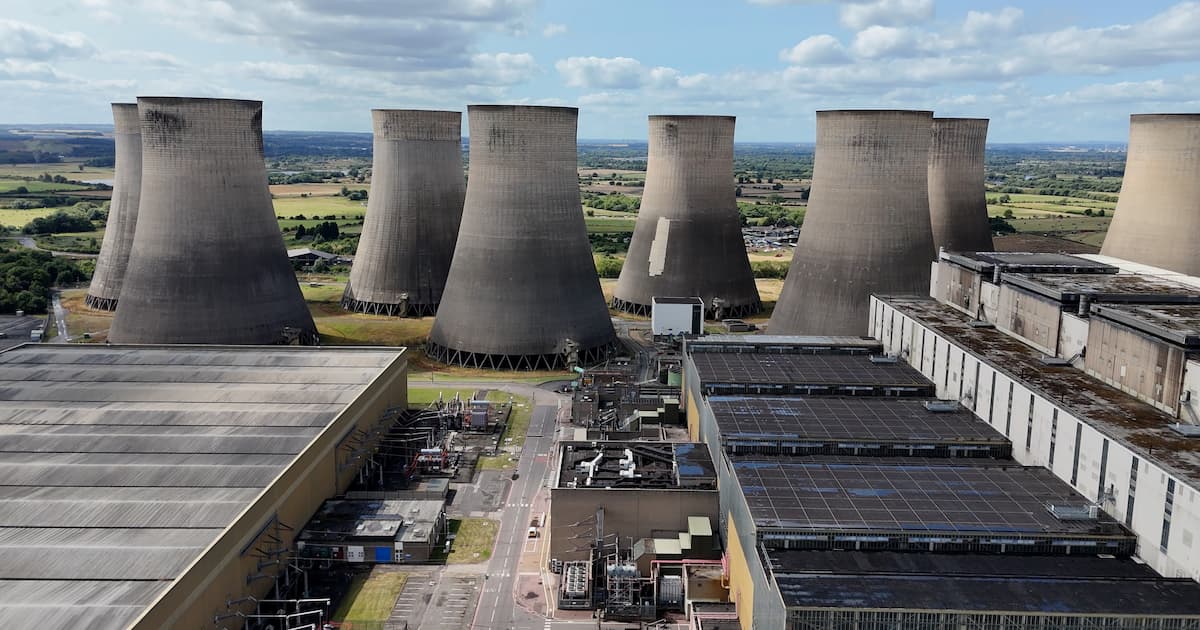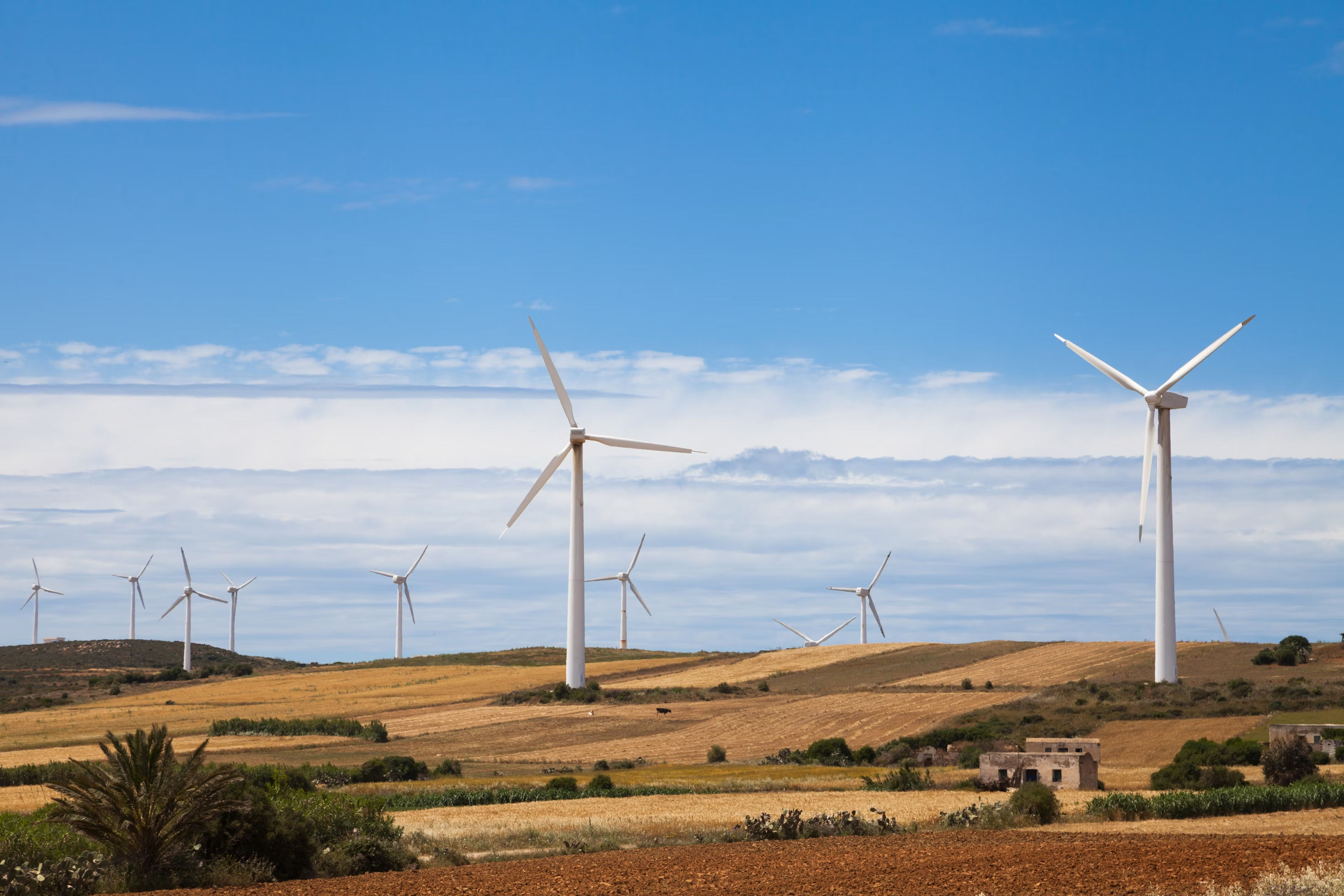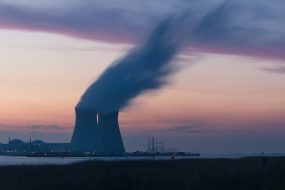
On September 30, 2024, the UK marked a milestone in its energy history of the Ratcliffe-on-Soar coal-fired power plant. This event signifies the end of 142 years of coal power in the UK. It also positions the nation as a leader in the global transition towards renewable energy. As the world watches, the question arises: will other nations follow suit, and how challenging is this transition?
A Historic Shift in Energy Production
The closure of Ratcliffe-on-Soar, which had been operational since 1967. This represents the culmination of a long-term strategy to phase out coal power in the UK. At its peak, coal accounted for approximately 80% of the country’s electricity generation in the early 1980s. But this figure has dramatically decreased to just 1% by 2023. Thanks to the rise of renewable energy sources like wind and solar power. The UK government has set ambitious targets to generate all of its energy from renewable sources by 2030. It makes this closure a pivotal step in achieving that goal.
The Global Context: Will Other Nations Follow?
The UK’s decision to close its last coal-fired power plant places it ahead of other major economies, particularly within the G7 group. While several countries, including Sweden and Belgium, have already phased out coal, the UK is the first among the G7 to do so entirely. This move is seen as a demonstration of global leadership in climate action, with other nations now under pressure to follow suit.

However, the path to phasing out coal is fraught with challenges. Many countries still rely heavily on coal for electricity generation due to its affordability and availability. For instance, in the United States, coal still accounts for about 16% of electricity generation. Transitioning away from coal requires not only political will but also significant investment in renewable energy infrastructure and technology.
The Challenges of Transitioning Away from Coal
- Economic Dependence: Many regions depend economically on coal mining and coal-fired power plants. The transition can lead to job losses and economic instability in these areas, making it a politically sensitive issue.
- Infrastructure Investment: Shifting to renewable energy sources necessitates substantial investment in new infrastructure, including wind farms, solar panels, and energy storage systems. This can be a significant barrier for countries with limited financial resources.
- Energy Security: Countries must ensure that their energy supply remains stable during the transition. This often involves a careful balance between phasing out coal and increasing the capacity of renewable energy sources.
- Public Resistance: There can be public resistance to closing coal plants, especially in communities where coal has been a source of employment for generations. Ensuring a “just transition” for workers is crucial to gaining public support for these changes.
The Future of Energy: A Cleaner Path Ahead
As the UK closes the chapter on coal power, it opens the door to a future dominated by cleaner energy sources. The government has emphasized the importance of creating new jobs in the renewable energy sector to support workers affected by the transition. This shift not only aims to reduce carbon emissions but also to foster economic growth through the development of green technologies.
The closure of Ratcliffe-on-Soar serves as a powerful reminder of the potential for rapid change in energy systems. While the challenges are significant, the UK’s experience may provide valuable lessons for other nations grappling with similar transitions. The world is watching to see if this historic moment will inspire a global movement towards sustainable energy solutions.
Read more on Lifetips.blog














